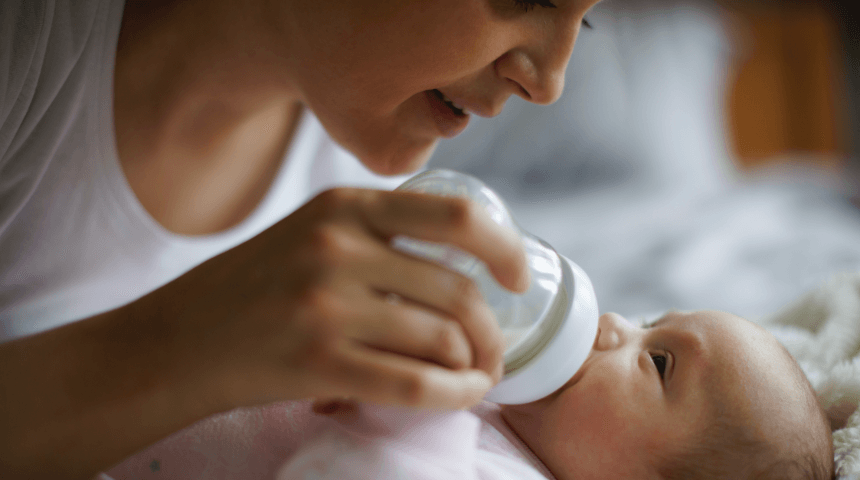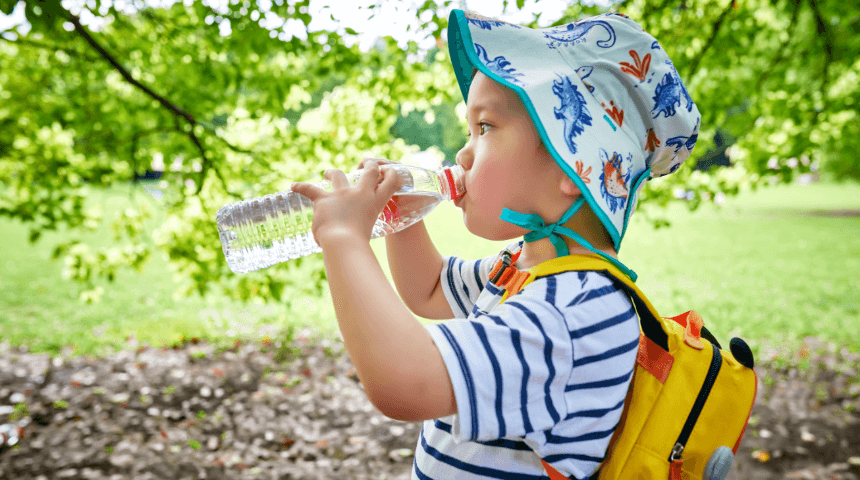Potty training marks a huge transition from toddler to young child, and accidents may feel like a setback. But a child who pees infrequently may be more worrisome. Not urinating enough can put your child at greater risk for urinary tract infections, leading to long-term kidney issues.
Unlike other parts of the body, the kidneys have limited means to regenerate after an infection or other injury. Instead, the damaged tissue is replaced by non-functioning scar tissue, and as scar tissue accumulates, the kidneys’ ability to remove waste from the body declines. This is how chronic kidney disease begins. It ends in kidney failure and a need for dialysis or transplant.
Because children’s growing kidneys are even more susceptible to damage and scarring from infections, a UTI should be suspected in any childhood illness resulting in fever with no known cause.
Your pediatrician will need a urine sample to identify the bacteria for a positive diagnosis and treatment by antibiotics. You’ll also be urged to push fluids that help flush the infection from the body.
What Is a UTI?
A urinary tract infection occurs when harmful bacteria get into any part of the urinary system, from the urethra (the tube by which urine leave your body) to the kidneys, a pair of fist-sized organs that produce and store urine for release.
Most infections occur and remain in the bladder, mainly causing discomfort. Because they are caused by bacteria, UTIs usually respond quickly to antibiotics. Left untreated, a UTI could spread to the kidneys, causing permanent damage and leading to other serious conditions. One of those is sepsis, sometimes called blood poisoning, a life-threatening response to an infection.
Because females have a much shorter urethra then men, they are more likely to get UTIs. By age 5, about 8 percent of girls and up to 2 percent of boys will have at least one UTI.
UTIs In Children
As every diaper-changing parent knows, babies and young children pass urine frequently while their bladders are growing. By school age, most children will empty their bladders every two to three hours. In between is the all-important potty-training phase in which toddlers and preschoolers learn to hold their pee until they can release it into the toilet. Occasionally, that process goes awry, and a child starts holding pee for too long, raising the risk of urinary tract infections.
Urine contains bacteria that is regularly flushed from the body when we pee. Children who hold their urine or don’t completely empty their bladders when peeing are at greater risk for UTIs because stagnant urine is a breeding ground for those bacteria.
One study found children with a UTI were more than four times as likely to have a subsequent diagnosis of renal scarring.
You should suspect a UTI if your child has symptoms including:
- Pain when peeing (which may lead to longer holding)
- A frequent need to pee with little produced
- Strongly smelling or cloudy urine
- Abdominal or back pain
- Fever
Treatment is required for any UTI, but because of anatomical differences, a single UTI in a young girl is of no real concern unless it reaches the kidneys. However, any UTI in a young boy should be evaluated by a pediatric urologist because it usually indicates a congenital issue, many of them common and treated by medication or surgery.
Recurrent UTIs
A child who gets recurrent infections — defined as two to three a year — also should be referred to a pediatric urologist, who will help determine the cause and begin treatment.
Between 30 percent and 50 percent of children with UTIs are found to have a common congenital abnormality called vesicoureteral reflux (VUR), which allows pee to flow backward from the bladder, sometimes reaching the kidneys, where it can cause infection. Many children outgrow this condition; if not, it can be corrected by surgery.
Another common cause is hydronephrosis, in which one or both kidneys is enlarged due to backup or blockage of urine flow. This condition also either corrects itself or is repaired surgically.
Cause will dictate treatment, always with a goal of preventing irreversible damage to the kidneys.
Preventing UTIs
Teaching young children these healthy habits can reduce the likelihood they’ll contract UTIs:
- Drink lots of fluids to promote bladder flushing
- Urinate frequently to prevent bacteria from breeding in stagnant urine
- Wash hands after toileting
- Keep the genital area clean
- Wipe from front to back after toileting to prevent introducing bacteria into the urethra
Even with precautions, many children will get UTIs. Prompt diagnosis and treatment with antibiotics will minimize any damage.
This content is not AI generated.
Are You Interested in Learning More?
Sign up for our e-newsletter for more tips and best practices from pediatricians.
Sign Up Here










